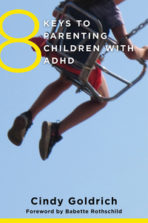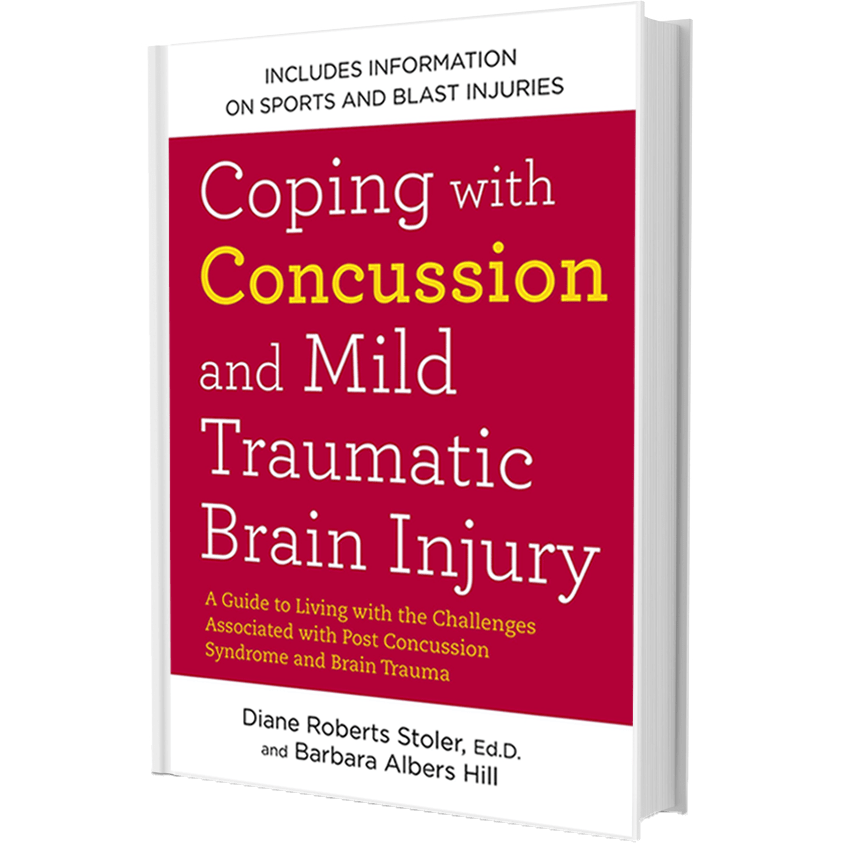Book Review: 8 Keys to Parenting Children with ADHD
Book Review: 8 Keys to Parenting Children with ADHD
 If you are a parent of a child with ADD or ADHD, every day you are struggling to cope with daily life, school, and caring for your child as well as the rest of the family. The book, 8 Keys to Parenting Children with ADHD, by Cindy Goldrich, presents a great overview and explanation of ADD and ADHD. The advice, suggestions, and practical daily living aspects, along with the eight “key” concepts, help parents cope with and minimize the challenges of ADHD while nurturing the positive aspects of the condition. For this alone, I would highly recommend reading the book. However, the advice in this book goes beyond just ADD and ADHD, providing valuable insight into parenting and an understanding of these conditions. Today with social media such as Facebook, there are unlimited online support groups available at any time. Many people turn to these types of forums seeking help and advice from members facing the same challenges. Much of the advice and “solutions” provided come from personal experiences, rather than from extensive research proven to be effective. My point is not that personal experience is not valuable, however, what works for one family may not work for another. If you are one of the thousands of people searching for help in various online forums and groups, you may become frustrated that most of the advice will not work for your unique case. What I appreciate about this book is the emphasis that each ADHD case is unique. This book helps parents modify their parenting approach to best meet the needs of their unique child. Cindy Goldrich’s parenting principal is, “Parent the child that you have.” I could not agree more. In my practice, each person is unique. Using the Dr. Diane® 5-Prong Approach, each patient is seen from the five distinct views that make up our approach: physical, psychological, emotional, spiritual, and energy. Often these areas intertwine and each needs individual attention. Because of this, each program for treatment may address similar symptoms, but be modified to fit that specific individual.
If you are a parent of a child with ADD or ADHD, every day you are struggling to cope with daily life, school, and caring for your child as well as the rest of the family. The book, 8 Keys to Parenting Children with ADHD, by Cindy Goldrich, presents a great overview and explanation of ADD and ADHD. The advice, suggestions, and practical daily living aspects, along with the eight “key” concepts, help parents cope with and minimize the challenges of ADHD while nurturing the positive aspects of the condition. For this alone, I would highly recommend reading the book. However, the advice in this book goes beyond just ADD and ADHD, providing valuable insight into parenting and an understanding of these conditions. Today with social media such as Facebook, there are unlimited online support groups available at any time. Many people turn to these types of forums seeking help and advice from members facing the same challenges. Much of the advice and “solutions” provided come from personal experiences, rather than from extensive research proven to be effective. My point is not that personal experience is not valuable, however, what works for one family may not work for another. If you are one of the thousands of people searching for help in various online forums and groups, you may become frustrated that most of the advice will not work for your unique case. What I appreciate about this book is the emphasis that each ADHD case is unique. This book helps parents modify their parenting approach to best meet the needs of their unique child. Cindy Goldrich’s parenting principal is, “Parent the child that you have.” I could not agree more. In my practice, each person is unique. Using the Dr. Diane® 5-Prong Approach, each patient is seen from the five distinct views that make up our approach: physical, psychological, emotional, spiritual, and energy. Often these areas intertwine and each needs individual attention. Because of this, each program for treatment may address similar symptoms, but be modified to fit that specific individual.
Strategies and Tools
For most children with ADHD, medication is an integral part of treatment. Cindy Goldrich does an excellent job presenting the pros and cons of using medications to treat ADHD. Her book is packed with valuable tips, tools and plans of action to create calm in the midst of chaos. She provides specific guidelines for how to help structure and provide limits and boundaries for your child. The book also focuses on developing and strengthening executive function and effective interpersonal skills in both parents and children, improving communication and conflict resolution.
Neurofeedback for ADHD
Goldrich’s research was published when neuroscience, as it relates to ADHD, was still in its infancy. Since then, there has been extensive neuroscience research about ADD and ADHD. One of the areas of neuroscience that emerged is Neurofeedback. In this field, there is a method using EEG and a normative database to evaluate and assess brain function. It is called Quantitative EEG (QEEG). For many years there were 4 distinctive subtypes of ADD and ADHD, now through QEEG and single-photon emission computerized tomography (SPECT) scans, we can see there are 6 different types. In conjunction with being a neuropsychologist and board-certified health psychologist, I was trained in using neurofeedback as a tool to help re-regulate the brain, including the various types of ADD and ADHD. Neurofeedback is a technology-based learning technique that provides real-time information about your own EEG activity. Neurofeedback may help children learn how to regulate their brain activity, which can help improve concentration and focus. Research shows Neurofeedback to be an effective method for improving attention, behavior, mood, and learning problems associated with ADD/ADHD. The first step in this process is having a brain map (or QEEG) completed. From this brain map you can see specifically which area of the brain is functioning normally and where the brain needs to be regulated for optimum function. Once a brain map has been completed, along with the vital information that is presented in 8 Keys to Parenting Children with ADHD, in conjunction with a change of diet and Neurofeedback, I believe your child will flourish and be productive without medication or its side-effects, allowing your child to achieve and accomplish their life goals rather than just exist and feel frustrated.


